At Kivi Association, we want to promote good environmental design, high quality outdoor environments and natural stone in Finland by awarding the ‘Environmental Structure of the Year’ prize. The competition is organized in cooperation with the two Finnish associations, Association of Concrete Industry in Finland and The Central Organization for Finnish Horticulture. The jury also includes representatives of The Finnish Association of Landscape Architects, The Finnish Association of Architects, The Finnish Association of Landscape Designers, The Ministry of Environment and The Finnish Association of Landscape Industries.
Recognition will be given to the developer, designers, builders and material suppliers of the award-winning site for design and construction that values nature and its various elements, as considered by the jury.
The area announced to the competition can be public or private, large or small. Only yards of the private detached houses are excluded from the competition. The competition is open to projects completed within the last five years. Proposals can be submitted by experts, associations and individuals.
We organized the competition for the 33rd time this year. Once again, we received many high quality and diverse entries. We selected three finalists, which I will present at the end of my blog text.
This year, we put a special emphasis on the green aspect of the competition. This refers to all activities of the ecosystem that take into account the living and green environment in all activities and aim to reduce the environmental impact of construction. At their best, green environments can even contribute to the state of the environment.
What all the finalists have in common is that they have used either recycled or local materials as much as possible. We also judged how well the structures fit into the environment and the context of the area. I've put together a short presentation of each design for you and hope you find it inspiring. For the Kivi Association, the experience of organizing the competition has been positive and I would recommend similar awards in other countries. The competition is a way of highlighting the great potential of natural stone in environmental construction and sharing best practice.
The Park Bridge of Näsi, Tampere
The two bridges of Näsi used to be some of the busiest roads in Tampere. In 2016 the City of Tampere decided to move cars to the shore tunnel and the Northern bridge was converted into a pedestrian walkway and recreational area.
Tampere's bridges of Näsi have used the structures of an old vehicle bridge for a new purpose, a scenic bridge for recreation and light traffic. That has been done in an exceptional way at the Finnish scale. In addition, various recycled materials have been used. The landscape bridge blends pleasantly into the surrounding areas and continues the park-like passage between the areas.
The introduction of a variety of vegetation on the bridge was seen as commendable - the color choices are appropriate to the area and the planting areas provide a natural break between the seating areas and the walkways. At the time of the visit, the vegetation was well established, the construction materials were of high quality and the installation work was generally well done.
Accessibility was also reasonably well taken into account from the end to the end of the bridge. Instead of demolition, the bridge was given a new life as a public, green outdoor space, which will become a natural and distinctive part of the wider Lake Näsijärvi shoreline.
Piper’s park, Helsinki
Piper’s park is one of the most valuable and oldest historical park sites in Finland. It is located in the UNESCO heritage site, Suomenlinna in Helsinki, which has set strict constraints for the implementation. The jury found that the implementation has listened to the space and respected its historic character.

The renovation has been carried out in an elegant manner and the layering has not been overdone. Both the soil, the new vegetation and the structures to be restored make use of materials available on the site. The park is a good example of how to create an ecologically sustainable and pleasant environment by respecting the old and using sustainable methods.
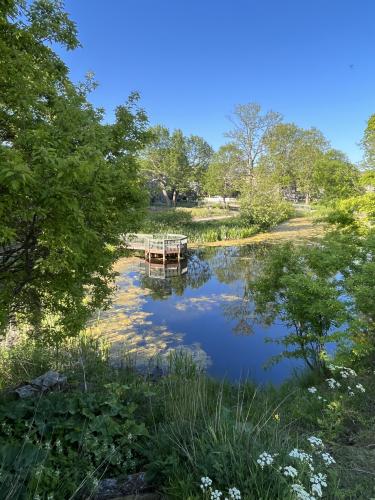
The surroundings of the Dance House, Helsinki
The Dance House is a visitor theater dedicated to dance which is located in the former Cable Factory in Ruoholahti, Helsinki. Its outdoor structures are made of durable materials and surfaces with a roughness that evokes the history of the area and pays homage to the industrial milieu of Cable Factory. The jury also saw the extensive use of natural stone as a positive feature, as well as the reuse of the dice stones demolished in the area.
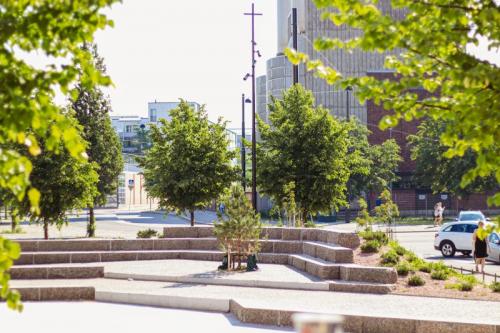
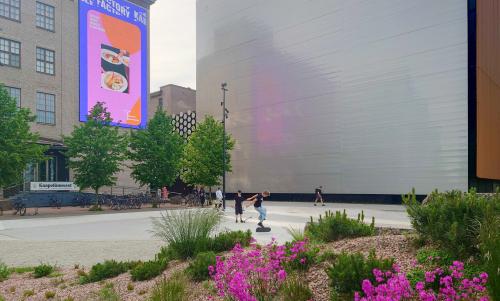
A challenge in designing a site in a relatively compact area has been the location of the maintenance traffic for the Dance House in the park as the transport of large pallets requires a semi-trailer turning space in the maintenance area. However, the turning area was successfully integrated into the park through the design of the edges of the area. Massive boulders of natural stone punctuate and delineate the space, creating seating areas along the edges of the open space. The multi-species plant palette for these different conditions has been carefully considered.
___________________________________________________________________________
Finnish and Swiss designer got inspired by stone – A new exhibition planned to Finland will show the history of mankind from a new perspective
The history and usability of stone have aroused interest. A Finnish-Swiss designer duo is planning a new stone-related exhibition for next year in Finland, which will feature Finnish and Swiss stone. Finland has one of the oldest soils in the world, while in Switzerland, the stone is relatively young. The exhibition will offer an overview of the entire history of mankind through the lens of stones.

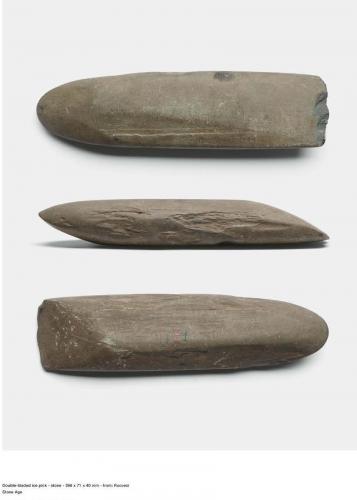
The exhibition is created by a Finnish industrial designer living in Switzerland, Ville Kokkonen, and a Swiss designer, Moritz Schmid. Scheduled for opening next year, the exhibition will compare the usage of stone in different time periods and stone types between Finland and Switzerland. The exhibition will be curated by Italian architect Florencia Colombo, and it is supported by the Kivi association, representing the Finnish natural stone industry.
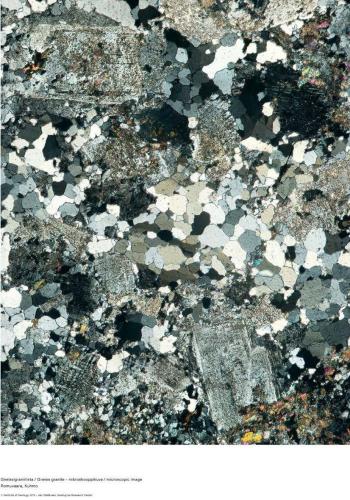
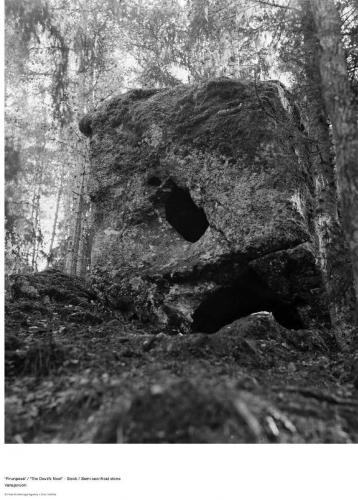
Starting from the Stone Age and moving to the present the new exhibition will also ponder the role of stone in the future. Few people realize the significant influence that stone, as a material, has had on shaping the world and on how we humans have become who we are today.
Along with the history of stone, the exhibition will introduce visitors to the ways of utilizing stone in Finland and Switzerland. The exhibition consists of texts, photographs, videos, stone samples and objects made of stone.
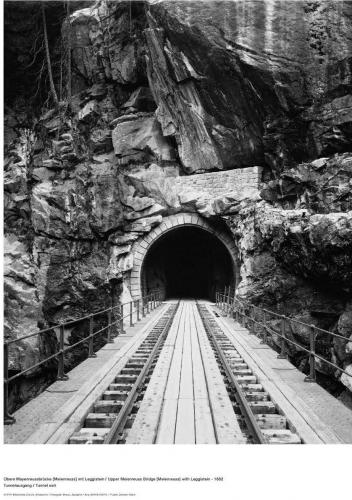
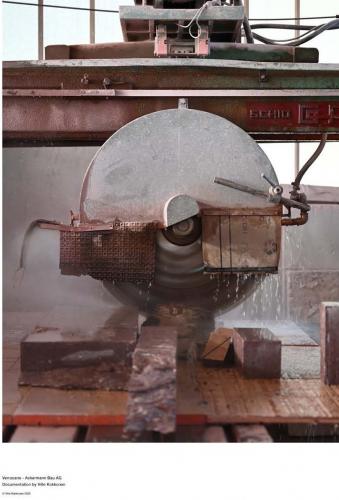
Ville Kokkonen, Moritz Schmidt, and Florencia Colombo have delved into the history of Finnish stone at The National Museum of Finland. They have also conducted research in Switzerland, visiting quarries and learning about the industrial processing of stones. The results of this research will be presented in the exhibition, opening in 2024.
Ville Kokkonen has worked as a professor at the Aalto University and as a designer manager at Artek. Stone has been an important material for Kokkonen for a very long time, offering positive alternatives in sustainable design processes, especially regarding emissions.
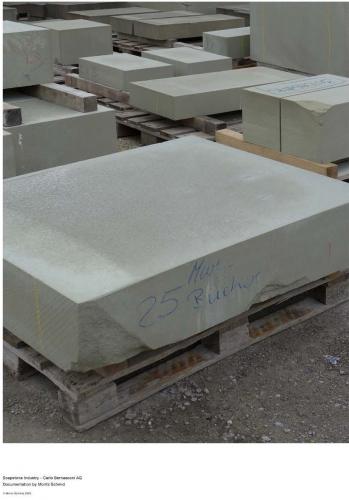
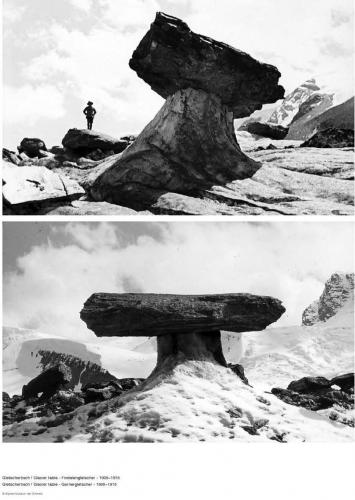
The curator of the exhibition, Florencia Colombo, has become acquainted with the Finnish culture and the celebrities of Finnish design through her work as an architect. Moving to Finland and working there has offered her a deeper understanding of Finnish design. Alongside Kokkonen, she organized the exhibition "The 10,000 years of design – Man, Matter, Metamorphosis" at The National Museum of Finland.
_______________________________________________________
Unlocking the Green Potential: Life Cycle Assessment Proves Why Natural Stone is the Best Choice for Sustainable Construction
When it comes to sustainable construction materials, the importance of considering carbon footprints cannot be overstated. It is crucial to provide customers with life cycle assessments to differentiate natural stone from man-made composite materials, helping them make informed choices. This is particularly significant in Europe, where countries like in my home country Finland, we have taken substantial steps towards calculating and reducing carbon footprints.
In Finland, a recent life cycle assessment for natural stone has shed light on its low-carbon characteristics, making it an excellent choice for sustainable construction. Finland stands out as one of the European countries where products manufactured from natural stone adhere to the European standard by having Environmental Product Declarations. These declarations provide comprehensive information about the environmental impacts of a product throughout its life cycle.
The use of natural materials in the construction industry has been steadily gaining momentum, and the low carbon footprint of natural stone adds yet another compelling reason to choose this material. The KIVI – Stone from Finland association, which represents the natural stone industry in Finland, commissioned a life cycle assessment conducted by OneClick LCA. The results, confirm the low carbon footprint of products made from Finnish natural stone.

Finland aims to be a carbon-neutral country by 2035. To achieve national and international climate targets, the construction sector must also reduce emissions. Monitoring the carbon footprint of a construction site throughout its life cycle, along with energy use, is crucial. Determining the carbon footprint of natural stone provides valuable information in this area.
One of the key reasons behind the low carbon footprint of Finnish stone products lies in the streamlined production process. Unlike composite materials, Finnish natural stone requires minimal procurement chains and uses a single material source. The stone is quarried in Finland and transported to local production facilities, where it is cut and refined into finished products.
Additionally, the longevity and recyclability of natural stone play crucial roles in its sustainability. Natural stone, with its long-lasting nature, can be recycled immediately after removal, without the need for further processing or repair. It retains its value and can even be resold.
Practically maintenance-free, natural stone requires repairs or replacements only in exceptional circumstances. By choosing natural stone products with low emissions, construction sites can offset the emissions caused by work machines, enabling them to achieve emission-free status. Even if natural stone breaks during removal, it can still find use as rubble or in other applications, thus promoting the use of recycled materials and minimizing waste production.
By understanding and valuing the carbon footprints of various construction materials, individuals and industries outside of Europe can make informed decisions that contribute to sustainable practices. Choosing materials with low carbon footprints not only benefits the environment but also aligns with global efforts to combat climate change and promote a greener future.
I warmly recommend conducting life cycle assessments for natural stone in your country as they can provide valuable insights into the environmental impacts of our industry and help us stand out positively from other materials.
Sini Laine, Executive Director of KIVI – Stone from Finland
Download EPDs: https://kivi.info/kivi-ry/kivi-stone-from-finland/
